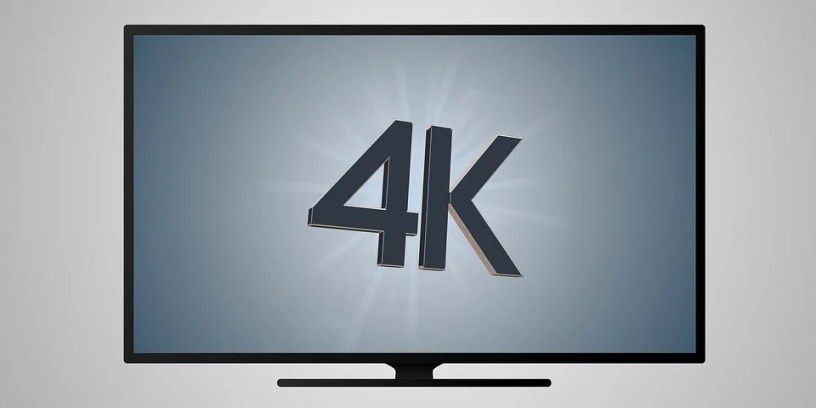By Phillip Swann
The TV Answer Man –Follow on Facebook & X.
Former Sony employee and editor of 4 TV magazines.
TV Answer Man, Fox had the Thanksgiving game in 4K between the Lions and Packers. Why don’t they have more NFL games in 4K? — Gary, Pocomoke, Maryland.
Gary, you’re right. Fox on Thanksgiving offered an upscaled 4K feed (converted from 1080p HD to 4K) of the Detroit Lions-Green Bay Packers game. This was the first 2023 NFL regular season game in 4K and probably the last. CBS has never done an NFL game in 4K. And Fox has broadcast just a handful of regular season games in 4K over the last several years. Why is that? you ask. Five reasons:
1. The Networks Need More Bandwidth For 4K
One of the primary challenges that CBS and Fox face in broadcasting NFL games in 4K is the significant increase in bandwidth requirements. 4K resolution boasts four times the number of pixels as standard high-definition (HD) broadcasts, which results in substantially larger data streams. While Internet infrastructure has improved over the years, broadcasting a live sports event to millions of households in 4K demands an unparalleled level of bandwidth, potentially causing strain on networks and leading to disruptions in service quality. This is one reason why Fox’s 4K sportscasts have actually been upscaled from 1080p.
2. The 4K Audience Is Still Not a Majority
Another key consideration is ensuring that the viewing experience is accessible to the broadest audience possible. Not all viewers possess 4K-compatible devices, which could limit the potential reach of 4K broadcasts. While the adoption of 4K TVs and devices is steadily increasing, many households still rely on HD displays. CBS and Fox must strike a balance between pushing the envelope of technology and providing an inclusive experience for all viewers. Fox has tried to provide for both by offering the 4K feed to TV providers that have special 4K channels, and putting it on the Fox Sports app.
3. The 4K Production Is More Costly
Transitioning to 4K broadcasting requires substantial investments in production equipment, personnel training, and technical infrastructure. NFL games are complex productions that involve numerous cameras, graphics, and audio systems, all of which need to be upgraded or replaced to support 4K content creation. These upgrades come with significant costs, which may be prohibitive for networks, especially when considering the potential returns from increased viewership due to 4K broadcasts.
4. The 4K Production Can Lead to Technical Glitches
The NFL is known for its live action and unpredictability. The fast-paced nature of the game demands seamless real-time broadcasting that can sometimes be challenging to achieve in the context of 4K. Delays in transmitting 4K feeds could lead to mismatches between live commentary and actual gameplay, disrupting the viewing experience and causing frustration among fans.
5. There Are Few Companies Willing to Sponsor a Separate 4K Broadcast
Advertising is a crucial revenue stream for NFL broadcasts, and advertisers expect their content to be showcased effectively. Transitioning to 4K broadcasts requires adapting ad content to the higher resolution, which could be a time-consuming and costly process. Additionally, potential technical glitches during the ad spots’ transmission could undermine the effectiveness of ad campaigns, prompting both CBS and Fox to tread cautiously.
Gary, hope that helps. Happy viewing and stay safe!
Have a question about new TV technologies? Send it to The TV Answer Man at swann@tvanswerman.com Please include your first name and hometown in your message.
The TV Answer Man is veteran journalist Phillip Swann who has covered the TV technology scene for more than three decades. He will report on the latest news and answer your questions regarding new devices and services that are changing the way you watch television. See the bio for Phillip Swann here.


